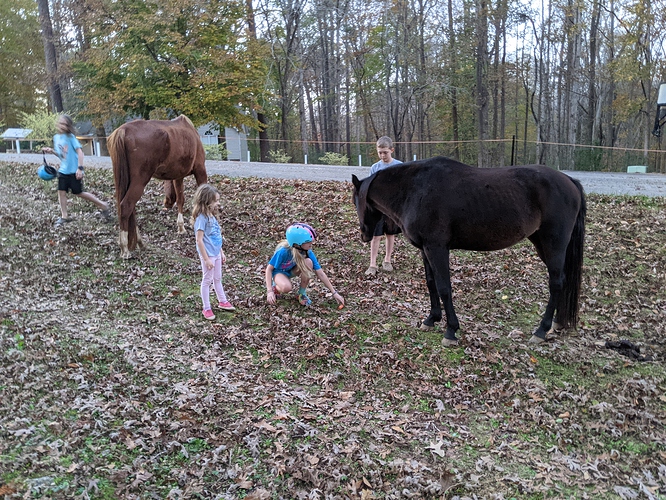Do they exist? Sure. But no, not normal. I’m not on the coast, which does have more heat and humidity for longer, but I’ve been in the north central area for decades, with many friends on the coast, and skin issues are simply not normal.
Rice bran is high in Omega 6 fatty acid, which does not at all help skin issues. So, I would discontinue that. She does need flax and additional Vitamin E on a hay-only diet. 1000IU is a good start since there’s some in the ProForce.
However, 4c of the ProForce is not NEARLY enough. She needs in the range of 6-8lb, and that’s just to see how her weight progresses. Start transitioning her to that amount.
You definitely need a new vet, not only for telling you this is normal, but for ignoring her overall body condition
Is this the only vet you’ve had? Weight issues since a foal is very concerning
If we know roughly where you are, someone might be able to recommend a vet. If nothing else, maybe you can get a consult with NCSU.


